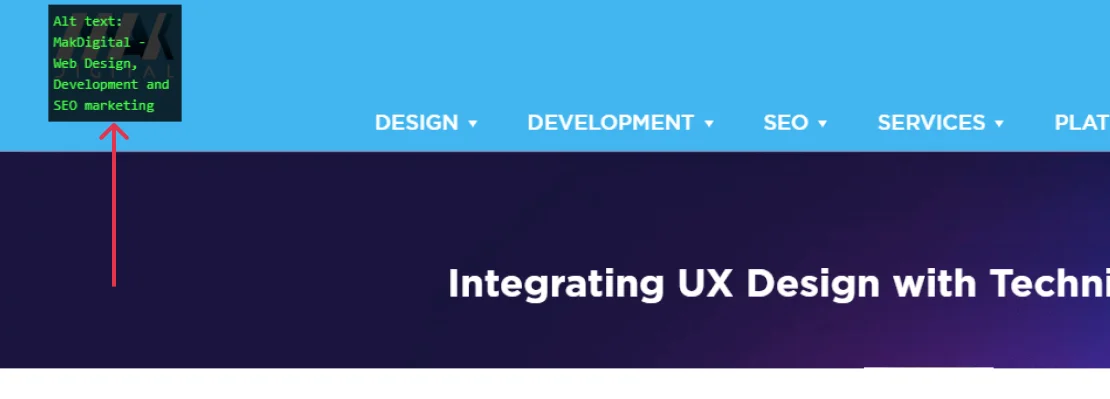
In today’s digital economy, accessibility isn’t just a buzzword—it’s a vital aspect of a thriving eCommerce business. For Magento store owners, ensuring that their websites are ADA compliant is about more than legal requirements; it’s about creating a welcoming and functional environment for all customers. Accessibility improves user experience, builds trust, and opens your business to a wider audience, including the millions of individuals with disabilities who shop online.
Yet, many eCommerce businesses overlook website accessibility, often unintentionally. Non-compliance, however, can come at a cost—lawsuits, fines, and reputational damage. By making accessibility a priority, Magento store owners can not only meet ADA standards but also create a competitive edge. This guide explains what ADA compliance means for Magento and how to implement meaningful changes.
Understanding ADA Compliance in eCommerce
ADA compliance stems from the Americans with Disabilities Act, which was initially created to ensure equal access to physical spaces. Today, that mandate extends to digital spaces, including websites. For eCommerce stores, this means designing websites that can be used by all customers, regardless of their abilities.
Imagine a customer who is visually impaired browsing your Magento store. Without proper alt text on your images or compatibility with screen readers, they may find it impossible to navigate. Similarly, a shopper with mobility challenges may rely on keyboard navigation, and if your site doesn’t support this functionality, they are excluded from engaging with your business.
Being ADA-compliant is about addressing these gaps. Magento’s flexibility as a platform makes it possible to implement accessibility measures that meet these needs while also enhancing the overall user experience for every shopper.
Building an Accessible Magento Store
Accessibility for Magento doesn’t just happen; it’s the result of deliberate choices made at every stage of your site’s design and maintenance. It begins with understanding the barriers that different users face and designing solutions to overcome them.
Take for instance, digital content, all users should be able to perceive your site’s information, whether visually, audibly, or interactively. This means providing alt text for images, ensuring videos have captions, and designing pages with sufficient color contrast for those with visual impairments.
 Example of properly using Alt text
Example of properly using Alt text
But accessibility goes beyond visuals. A truly inclusive Magento store operates smoothly for customers using assistive devices like screen readers or speech-to-text technology. Navigation should be intuitive and operable with a keyboard alone. Think of accessibility as creating pathways for all users to experience your store seamlessly, regardless of their tools or abilities.
Magento’s robust customization capabilities make this possible, but it’s up to store owners and web developers to leverage them effectively. From offering adjustable font sizes to enabling error messages that guide users through checkout, every feature matters.
Taking Action: Steps Toward ADA Compliance
Achieving compliance starts with awareness. An accessibility audit of your Magento site is the first step. This involves assessing your current setup to identify areas that may present challenges for users with disabilities. Tools like WAVE or Lighthouse can provide a baseline, but combining automated tools with expert reviews ensures a thorough evaluation.
Once you’ve identified barriers, the next step is addressing them. For example, you may discover that your product images lack alt text, a simple yet essential element for visually impaired users. Or perhaps your checkout forms are unintuitive and frustrating for users relying on keyboard navigation. Addressing these issues often requires collaboration between web designers, developers, and digital marketers to ensure accessibility is integrated across the board.
It’s equally important to think about accessibility as an ongoing process, not a one-time fix. Regularly monitoring your site’s performance, testing new features for compliance, and staying updated on evolving standards will help maintain an accessible store. Magento extensions designed for accessibility, like those that automate alt text or enhance navigation, can simplify this process while keeping your store compliant.
Why Accessibility Matters Beyond Compliance
Accessibility is often framed as a legal requirement, but its benefits extend far beyond avoiding lawsuits. For one, it expands your market reach. According to the CDC, nearly 1 in 4 adults in the U.S. lives with some form of disability. By making your Magento store accessible, you tap into this often-overlooked customer base, significantly increasing your potential audience.
Moreover, accessibility improvements tend to enhance the user experience for all customers. Features like better navigation, faster page loading, and clear content layouts benefit everyone—not just those with disabilities. This creates a more inclusive shopping experience that fosters loyalty and encourages repeat visits.
Lastly, prioritizing accessibility signals that your brand values inclusivity. In a world where consumers increasingly align themselves with businesses that reflect their values, this can set your Magento store apart from competitors.
Looking Ahead: The Role of Technology
Technology is a powerful enabler of accessibility, and Magento offers store owners a range of tools to achieve compliance. For instance, integrating a Customer Relationship Management (CRM) system with your store can help you analyze user behavior and identify gaps in accessibility. Similarly, Magento extensions can automate complex tasks like generating alt text or adjusting font sizes dynamically based on user needs.
 Hubspot, a leading CRM Platform
Hubspot, a leading CRM Platform
Beyond tools, accessibility requires a mindset shift. Every update to your Magento store should consider how it impacts all users, not just the average shopper. Testing with assistive technologies and seeking feedback from users with disabilities ensures that your store evolves in the right direction.
Conclusion
ADA compliance is more than a box to check—it’s a commitment to inclusivity, innovation, and exceptional user experience. By making your Magento store accessible, you open your doors to all customers, create a competitive advantage, and future-proof your business against legal and reputational risks.
Building an accessible Magento store doesn’t happen overnight, but with deliberate action and ongoing effort, it’s an achievable goal. Start by auditing your site, implementing necessary changes, and fostering a culture of inclusivity in every aspect of your eCommerce strategy. The result? A store that not only meets legal standards but also exceeds customer expectations—today and in the future.

 Eashan Mehta
Eashan Mehta




